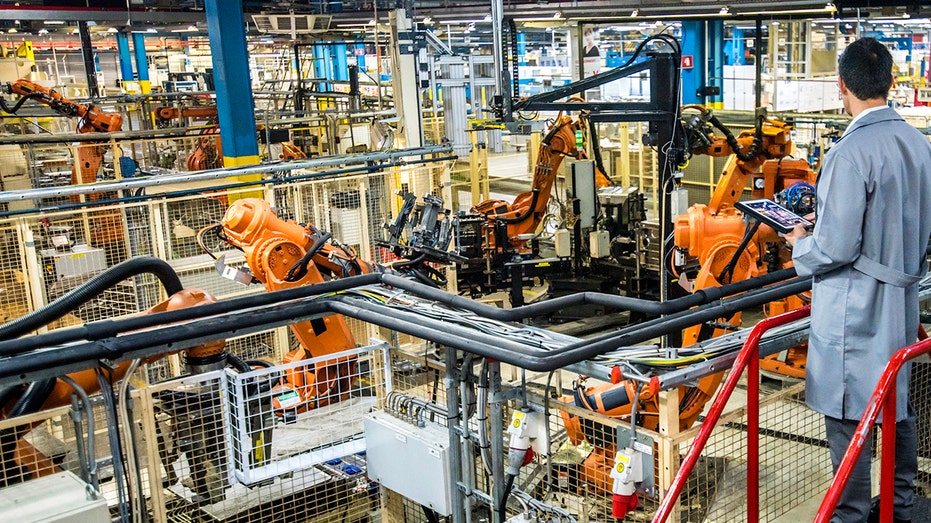Manufacturers fare better than many service providers in COVID-19 economy
Watch Fox Business Network streaming live on the web.
The coronavirus has dealt a savage blow to the world economy, idling workers and bankrupting businesses around the globe.
But months into the crisis, a clear divide between survivors and casualties is emerging. Countries, workers and industries that rely on making stuff — from computers to furniture to toys — are getting by, or even thriving, amid the economic maelstrom.
Meanwhile, those who provide the sort of face-to-face services that people avoid out of fear of infection — traveling, eating out, going to the movies and some child care — are struggling. Services that don’t require physical proximity — such as many financial services, software and telecommunications — have been less badly hit, as have construction and farming.
This divide between manufacturing and services means the pain has fallen especially heavily on female and immigrant workers and on economies with large informal sectors or with heavy exposure to tourism, entertainment and travel.
That divide is especially alarming given this autumn’s spike in infections in much of the West, suggesting workers, companies and countries reliant on services face a long, painful recovery that may only arrive when a Covid-19 vaccine comes into widespread use.
Historic divide
According to growth forecasts by the International Monetary Fund, the world’s economies are diverging this year more sharply than ever before. Much of the difference seems to come down to the economic structure countries had going into the crisis, rather than their handling of the virus.
Manufacturing and export-heavy economies in Asia have performed well, while those with large tourism sectors have suffered, even where the pandemic had been brought under control.
For instance, Thailand has reported just a handful of local cases in the past three months, but relies heavily on tourism and has suffered. Taiwan, on the other hand, is a major exporter of computer components and electrical machinery.
Haves and Have Nots

Countries, workers and industries that rely on making stuff — from computers to furniture to toys — are getting by, or even thriving, amid the economic maelstrom. (iStock)
ALUMINUM CAN SHORTAGE IN US HAS BREWERIES FEELING THE EFFECTS
Factories have largely recovered from the nationwide lockdowns some countries imposed in the spring, while trade with China — which produces key inputs for many manufacturers — has recovered.
But face-to-face services are still in the doldrums. For instance, in the U.K., industrial production was just 6% lower in August than in February, but services output was down 9.6%.
In September, global car production marked its biggest jump in production in a decade, as consumers avoided public transport…
…but travel and entertainment remain depressed.
That is hurting jobs…
…as well as the balance of payments for some countries highly dependent on tourism.
Women’s Work

The fall in employment in the three months through June from the same period a year earlier was larger for women in almost all of the countries surveyed by the International Labor Organization. (iStock) (iStock)
Read More: Manufacturers fare better than many service providers in COVID-19 economy
